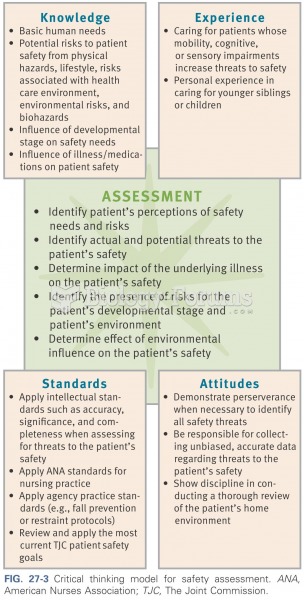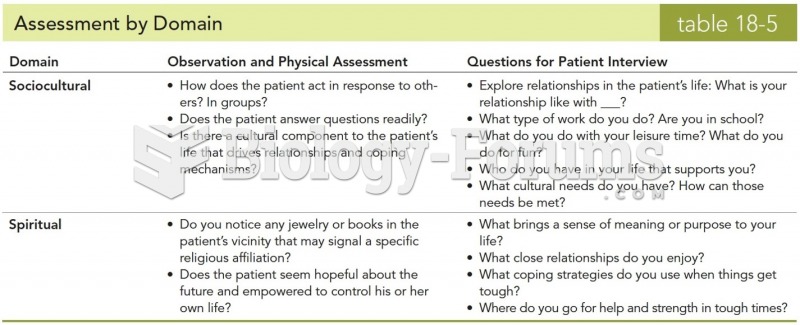Answer to Question 1
a. A criterion-referenced score indicates what and how much a student has learned. A norm-referenced score indicates how a student's performance compares to that of his or her peers.
b. The response should describe a situation in which it is important to know exactly what students do and do not know (e.g., giving a pretest to determine where to begin instruction, assessing learning in a mastery situation).
c. The response should describe a situation in which students must be compared to one another (e.g., selecting students for a program with limited spaces, assessing performance in a domain where mastery is very difficult to define in absolute terms).
Answer to Question 2
The response should include at least four guidelines consistent with the textbook's discussion of grading in Chapter 10. Examples of appropriate guidelines are these:
Base grades on achievement.
Base grades on hard data (e.g., on the results of formal assessments).
Base grades on assessment instruments that are reliable and standardized and that have content validity for your instructional objectives.
Base grades on a large number of assessments.
Share grading criteria with students.
Keep students continually apprised of their progress.
Accompany grades with descriptions of what the grades reflect.
Accompany grades with additional qualitative information about students' performance.
Assign criterion-referenced grades unless there is a compelling reason to do otherwise.
Supplement grades with portfolios that reflect students' improvement or the complexity of their achievement.







